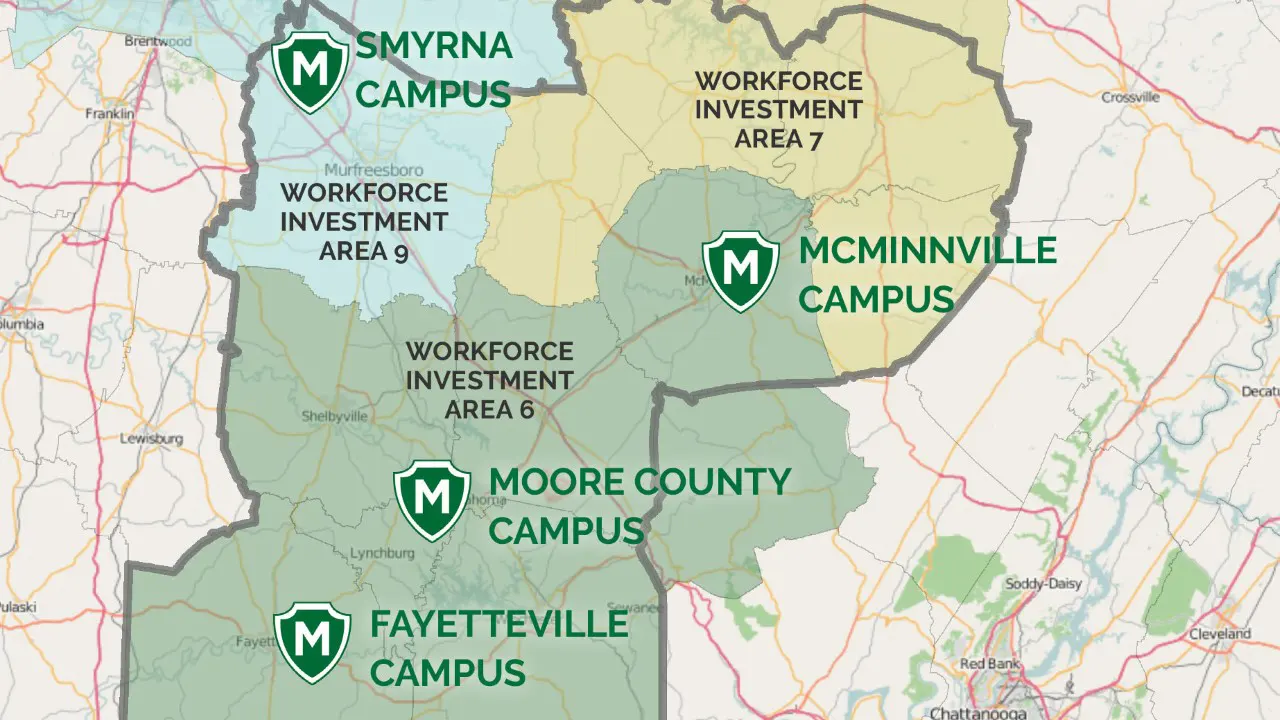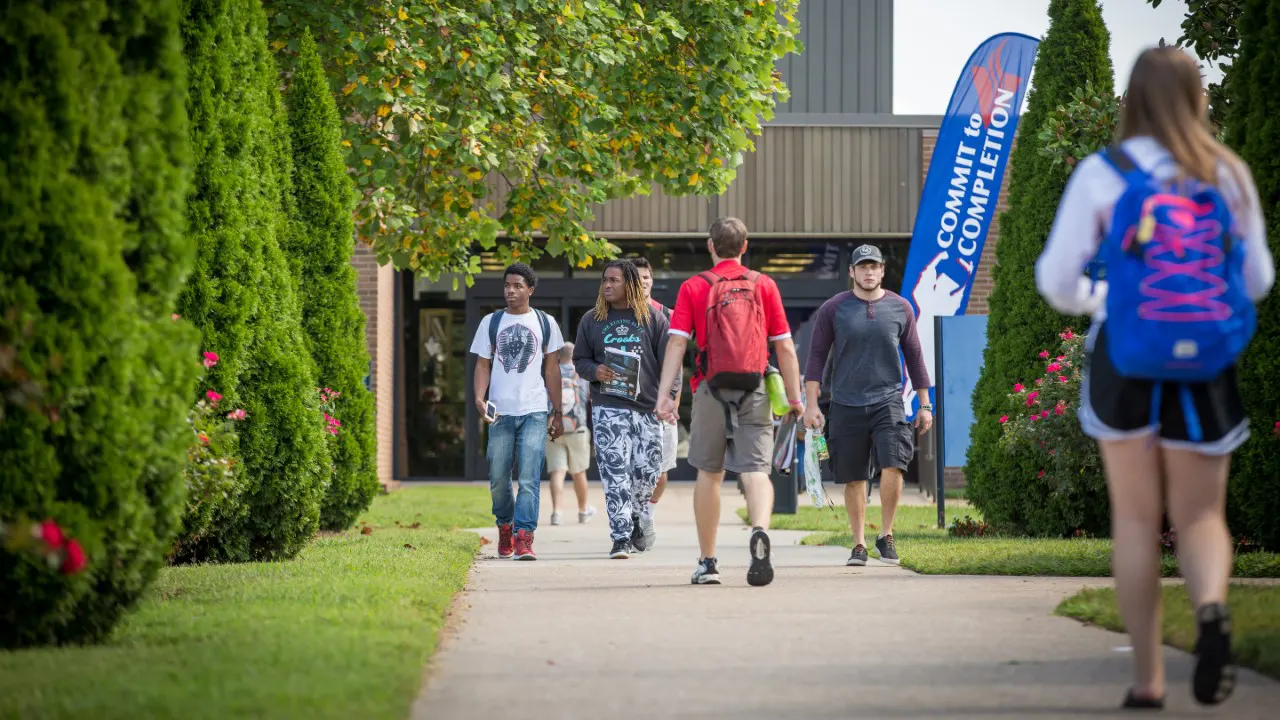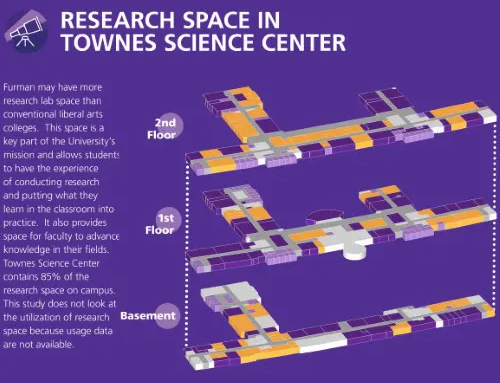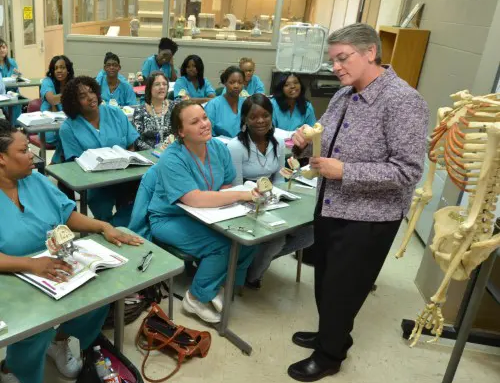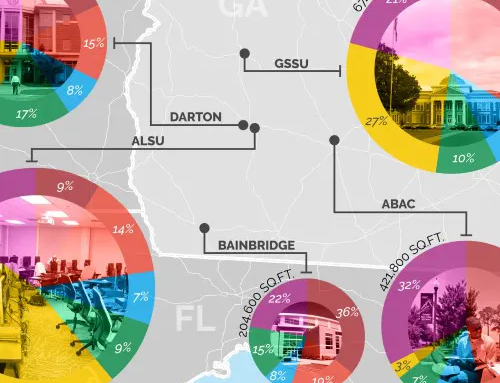Details:
Highlights:
Description:
TSW completed a series of Master Plans for five community colleges in Metro Nashville and Middle Tennessee: Nashville State, Columbia State, Motlow State, Roane State, and Volunteer State. These colleges serve more than 22,000 students and have over 2.9 million square feet of space on more than two dozen small campuses. The planning effort included several key components to ensure that the plans were comprehensive and tailored to the specific needs of each college.
The first component of the planning effort was a demographic analysis that looked at population growth, educational attainment, and other factors affecting enrollment growth in each college’s service area. This analysis also took into account the differing challenges in urban, suburban, and rural areas, allowing the plans to be tailored to the specific needs of each college.
The second component was a regional labor market analysis that compared graduates to jobs and the job outlook in every market sector that corresponds to academic programs on each campus. This helped to ensure that the plans were aligned with the needs of the local job market and that graduates would have the necessary skills to succeed in their chosen fields.
The third component was a comprehensive space analysis, which looked at room utilization, course scheduling, and projected needs for classrooms, computer labs, and specialized labs, as well as non-academic spaces such as offices, study spaces, and recreation spaces. This helped to ensure that the plans provided adequate space to meet the needs of students and faculty.
The fourth component was significant engagement of students, faculty, and administrators from each institution, including focus groups, one-on-one interviews, and online surveys. This helped to ensure that the plans were aligned with the needs and priorities of the college community.
The fifth component was physical plans that showed future expansions and other site improvements based on the regional context, enrollment growth projections, and space analysis. The plans also included analysis of and recommended improvements for outdoor gathering spaces, parking areas, walkways, driveways, landscaping, trees, stormwater, and other physical components.
The final component was recommendations for renovations and new buildings to provide improved teaching spaces and enhance the student experience. This helped to ensure that the plans provided adequate space and resources to meet the needs of students and faculty, and that the college campuses were well-maintained and attractive to prospective students.
Overall, these series of coordinated plans were comprehensive and tailored to the specific needs of each college, taking into account the needs of the college community, the local job market, and the regional context. It is expected that the implementation of these plans will have a positive impact on the colleges and the communities they serve for years to come.



